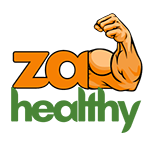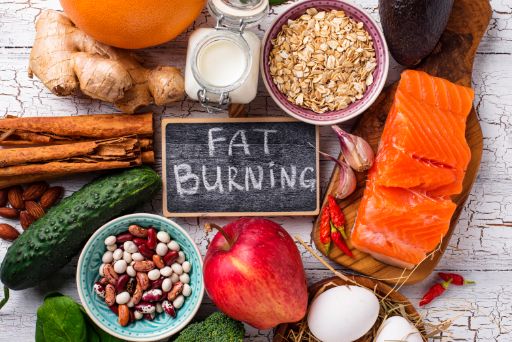Belly fat, also known as visceral fat, is the fat that accumulates around the organs in the abdominal cavity. It is associated with increased risk of metabolic syndrome, type 2 diabetes, cardiovascular disease, and some cancers. Losing belly fat can improve your health and appearance, but it requires a combination of diet and exercise. While no food can directly target belly fat, some foods can help boost your metabolism, reduce your appetite, increase your satiety, and lower your inflammation. These foods can help you create a calorie deficit and burn more fat overall, including belly fat.
Some of the 32 Foods That Burn Belly Fat Fast:
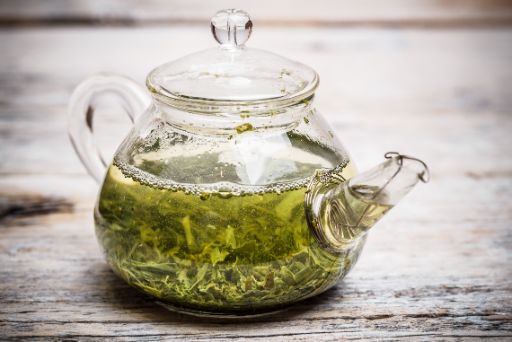
• Green tea: Green tea contains caffeine and catechins, which are antioxidants that can increase your energy expenditure and fat oxidation. Green tea also has anti-inflammatory and anti-diabetic effects. A meta-analysis of 15 studies found that green tea consumption was associated with significant reductions in body weight, body mass index (BMI), waist circumference, and body fat percentage.
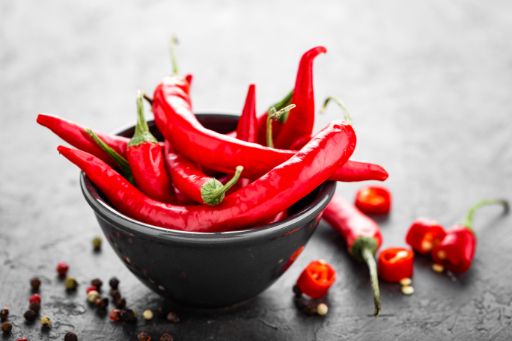
• Chili peppers: Chili peppers contain capsaicin, which is a compound that can stimulate thermogenesis, which is the process of generating heat from burning calories. Capsaicin can also suppress your appetite and increase your satiety. A meta-analysis of 20 studies found that capsaicin intake was associated with reduced body weight, BMI, waist circumference, and body fat percentage.
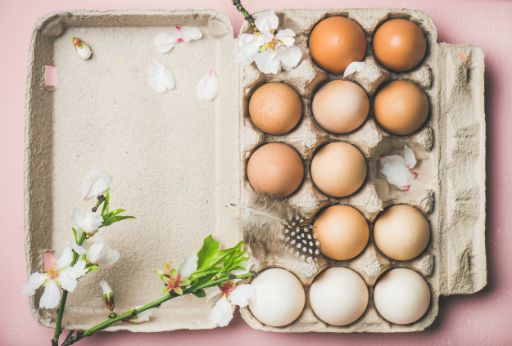
• Eggs: Eggs are a high-protein food that can boost your metabolism, reduce your hunger, and increase your fullness. Protein has a higher thermic effect than carbohydrates or fats, which means it requires more energy to digest and absorb. Protein can also preserve your muscle mass, which is important for maintaining your metabolic rate. A study of 30 overweight or obese women found that eating eggs for breakfast resulted in greater weight loss, lower calorie intake, and higher satiety than eating bagels.
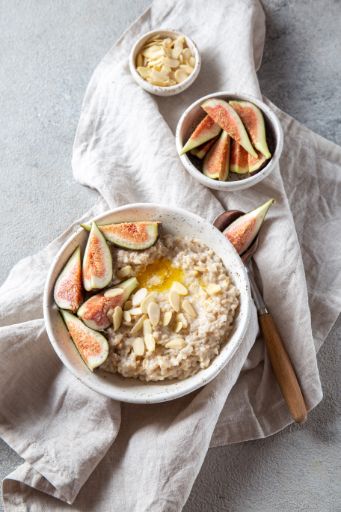
• Oatmeal: Oatmeal is a whole grain that is high in fiber and low in glycemic index. Fiber can slow down the digestion and absorption of carbohydrates, which can prevent spikes in blood sugar and insulin levels. Fiber can also bind to bile acids in the intestine and lower cholesterol levels. Low glycemic index foods can help regulate your blood sugar and insulin levels, which can affect your appetite and fat storage. A study of 144 obese adults found that eating oatmeal for breakfast resulted in greater weight loss, lower waist circumference, lower blood pressure, and lower cholesterol levels than eating corn flakes.
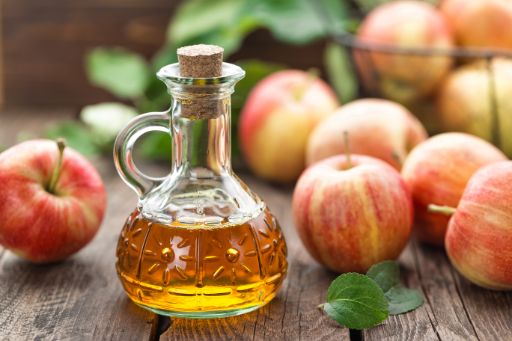
• Apple cider vinegar: Apple cider vinegar is a fermented product that contains acetic acid, which is a short-chain fatty acid that can inhibit the activity of enzymes involved in carbohydrate digestion and absorption. Acetic acid can also increase your fat burning and reduce your fat storage. A study of 144 obese Japanese adults found that consuming 15 to 30 milliliters of vinegar per day for 12 weeks resulted in significant reductions in body weight, BMI, visceral fat area, waist circumference, serum triglyceride levels, and body fat percentage.

• Yogurt: Yogurt is a dairy product that is high in protein and calcium. Protein can enhance your metabolism, appetite control, and muscle maintenance. Calcium can regulate the hormone calcitriol, which can stimulate fat breakdown and inhibit fat synthesis. Yogurt also contains probiotics, which are beneficial bacteria that can improve your gut health, immune system, and metabolic functions. A meta-analysis of 22 studies found that yogurt consumption was associated with lower body weight, BMI, body fat percentage, and waist circumference.
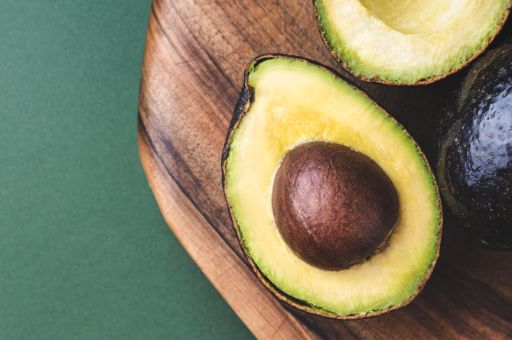
• Avocado: Avocado is a fruit that is high in monounsaturated fats, fiber, and antioxidants. Monounsaturated fats can lower your LDL (bad) cholesterol levels and increase your HDL (good) cholesterol levels. Fiber can improve your digestive health, blood sugar control, and cholesterol levels. Antioxidants can protect your cells from oxidative stress and inflammation. A study of 26 overweight or obese adults found that eating half an avocado with lunch resulted in lower hunger, higher satisfaction, and lower post-meal blood glucose levels than eating a standard lunch.
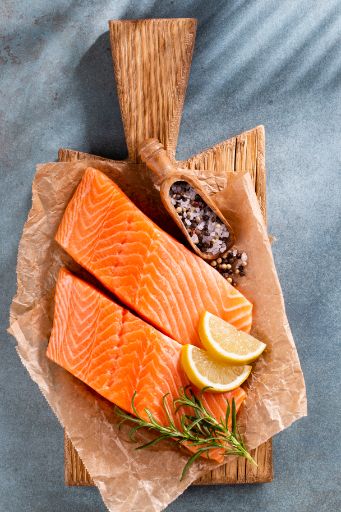
• Salmon: Salmon is a fatty fish that is high in protein and omega-3 fatty acids. Protein can support your metabolism, appetite regulation, and muscle growth. Omega-3 fatty acids can lower your triglyceride levels, improve your insulin sensitivity, and reduce inflammation. Omega-3 fatty acids can also modulate the expression of genes involved in fat metabolism and adipogenesis (fat cell formation). A study of 19 overweight or obese men found that eating salmon for eight weeks resulted in greater weight loss, lower waist circumference, lower body fat percentage, and lower blood pressure than eating chicken.
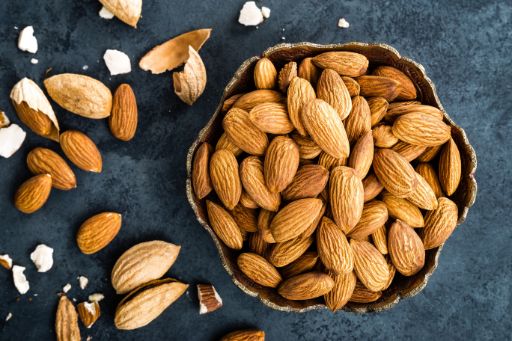
• Almonds: Almonds are a nut that is high in protein, fiber, and healthy fats. Protein and fiber can increase your satiety and reduce your calorie intake. Healthy fats can lower your cholesterol levels and improve your cardiovascular health. Almonds also contain magnesium, which is a mineral that can regulate your blood sugar and insulin levels. A study of 65 overweight or obese adults found that eating an almond-enriched diet for 24 weeks resulted in greater weight loss, lower BMI, lower waist circumference, and lower systolic blood pressure than eating a complex carbohydrate-enriched diet.
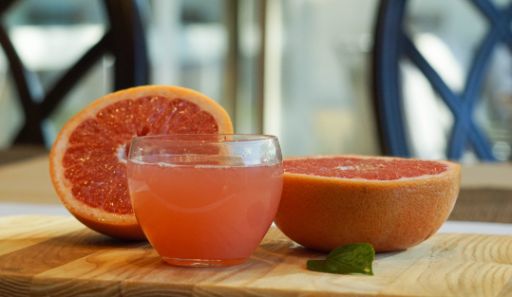
• Grapefruit: Grapefruit is a citrus fruit that is high in vitamin C and naringin, which are antioxidants that can scavenge free radicals and reduce inflammation. Grapefruit also contains pectin, which is a soluble fiber that can lower your cholesterol levels and slow down the digestion of carbohydrates. Grapefruit also has a low glycemic index, which means it does not cause a rapid rise in blood sugar and insulin levels. A study of 91 obese adults found that eating half a grapefruit before each meal for 12 weeks resulted in greater weight loss, lower BMI, lower waist circumference, and lower blood pressure than eating a placebo.
Other foods that can help you burn belly fat fast include:
• Lean meats, such as chicken, turkey, and lean beef
• Beans and lentils, such as black beans, kidney beans, chickpeas, and red lentils
• Quinoa, buckwheat, and other whole grains
• Berries, such as strawberries, blueberries, raspberries, and blackberries
• Leafy greens, such as spinach, kale, arugula, and romaine lettuce
• Coconut oil, which contains medium-chain triglycerides (MCTs) that can increase your energy expenditure and fat oxidation
• Cinnamon, which can lower your blood sugar and insulin levels and increase your glucose uptake by the muscles
• Garlic, which can stimulate the production of brown adipose tissue (BAT), which is a type of fat that burns calories to generate heat
• Ginger, which can enhance thermogenesis and suppress appetite
• Turmeric, which contains curcumin, which can inhibit the growth of fat cells and reduce inflammation
How to Use These Food Lists to Create a Healthy and Balanced Diet
While these food lists can help you achieve specific health goals, such as increasing hemoglobin or burning belly fat, they are not meant to be followed in isolation or exclusion. Eating a healthy and balanced diet requires variety, moderation, and adequacy. Variety means eating different types of foods from different food groups. Moderation means eating the right amount of foods for your energy and nutrient needs. Adequacy means eating enough foods to meet your daily requirements for essential nutrients.
To create a healthy and balanced diet using these food lists, you can:
• Choose foods from each food group every day. The food groups include fruits, vegetables, grains, protein foods, dairy products, and fats and oils. Each food group provides different nutrients that are important for your health. For example, fruits and vegetables provide vitamins, minerals, antioxidants, and phytochemicals. Grains provide carbohydrates, fiber, B vitamins, and minerals. Protein foods provide protein, iron, zinc, and other minerals. Dairy products provide calcium, protein, vitamin D, and other nutrients. Fats and oils provide essential fatty acids, vitamin E, and other fat-soluble vitamins.
• Choose foods from different subgroups within each food group. The subgroups include different types or colors of foods that have different nutrient profiles. For example, within the fruit group, you can choose from citrus fruits, berries, melons, stone fruits, and tropical fruits. Within the vegetable group, you can choose from dark green leafy vegetables, cruciferous vegetables, root vegetables, starchy vegetables, and other vegetables. Within the grain group, you can choose from whole grains, refined grains, and fortified grains. Within the protein group, you can choose from animal sources, plant sources, and seafood sources. Within the dairy group, you can choose from milk, yogurt, cheese, and alternatives. Within the fats and oils group, you can choose from monounsaturated fats, polyunsaturated fats, saturated fats, and trans fats.
• Choose foods that are nutrient-dense over those that are calorie-dense. Nutrient-dense foods are foods that have a high amount of nutrients per calorie. Calorie-dense foods are foods that have a high amount of calories per nutrient. Nutrient-dense foods are usually whole or minimally processed foods that are rich in water and fiber. Calorie-dense foods are usually processed or refined foods that are high in fat or sugar. For example, nutrient-dense foods include fruits, vegetables, whole grains, lean meats, fish, eggs, nuts, seeds, and low-fat dairy products. Calorie-dense foods include fried foods, fast foods, processed meats, butter, cheese, cream, ice cream, pastries, cakes, cookies, chocolate, candy, soda, and juice.
• Choose foods that are appropriate for your individual needs and goals. Different people may have different dietary requirements and preferences depending on their age, gender, health status, activity level, allergies, intolerances, and ethical or religious beliefs. For example, if you have high blood pressure, you may need to limit your sodium intake. If you have diabetes, you may need to monitor your carbohydrate intake. If you are pregnant or breastfeeding, you may need to increase your intake of folate, iron, calcium, and other nutrients. If you are vegetarian or vegan, you may need to ensure adequate intake of protein, iron, zinc, calcium, vitamin B12, and other nutrients. If you have any specific dietary needs or goals, you should consult with your doctor or a registered dietitian before making any changes to your diet.
